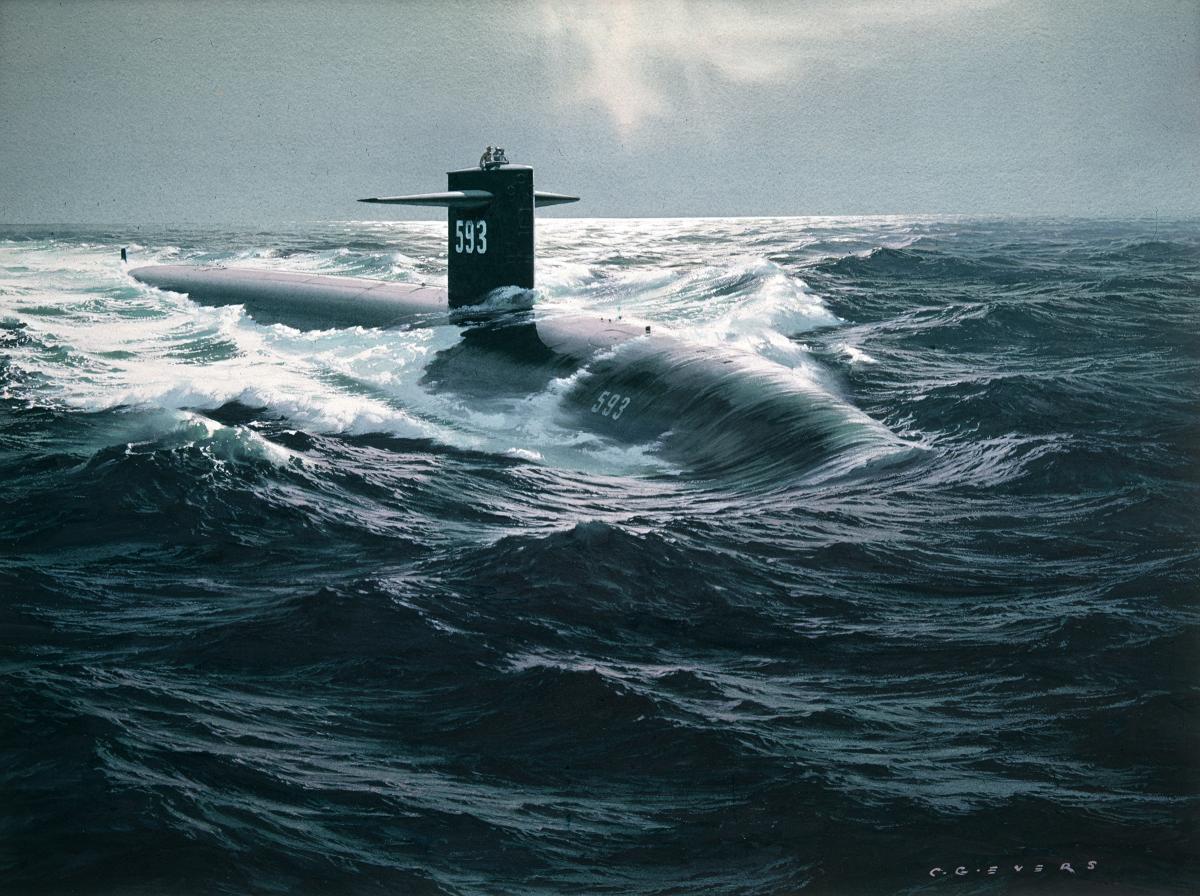I just ran across some astonishing info. There has been much talk about the forces involved in an implosion at the depth of failure. I've been unable to understand what kind of forces we are talking about when a catastrophic implosion occurs.
According to an article in US Naval Institute Proceedings Magazine, USS Thresher imploded at a calculated depth of 2400ft with a force equivalent to 22,500 pounds of TNT. That would be 1.125KT. The Hiroshima weapon was estimated at 15KT. Tactical nukes can be in the sub 1KT range. W25 is reported to be 1.7KT.
I understood that we're talking about huge pressure, but I didn't realize the violent nature of the actual event.
In a partial response to a FOIA request, the U.S. National Archives released a photo essay of pictures from the search for the Thresher in 1963–1964.

www.usni.org




